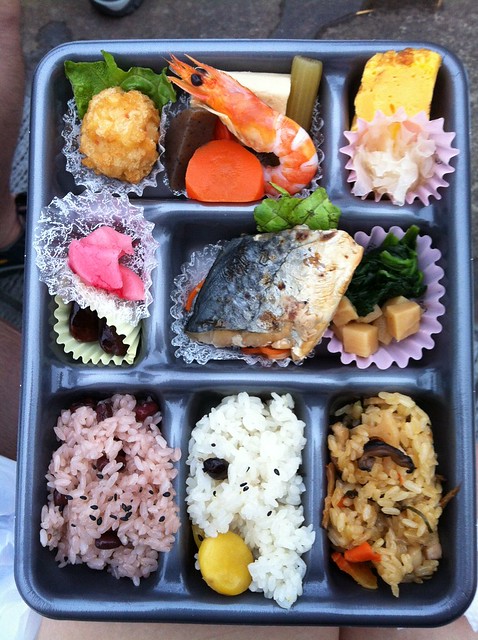Podcast: Play in new window | Download (Duration: 34:38 — 31.7MB)
Tsukemono (漬物), literally “pickled things”, are Japanese pickles. They are valued for their unique flavors and textures and commonly used as a garnish, relish, condiment, palate cleanser or digestive.
Served with rice as okazu (a side dish), with drinks as otsumami (a snack), as an accompiment to or garnish for meals, and as a course in the kaiseki portion of a Japanese tea ceremony.
Historically, pickling was one of the fundamental ways to preserve food. However, some types of tsukemono are quicker pickles, meant to be eaten right away. Now, tsukemono can be easily bought at the supermarket, but many Japanese still make their own, especially quick pickles.

Types of Tsukemono
There are several different varieties of tsukemono, which goes right along with sa shi su se so.
Shiozuke (salt pickles): The simplest and most common types of tsukemono. Even today, when people mostly buy their tsukemono, most people still make certain types of shiozuke at home.
The most basic consist of lightly salted, sliced vegetables, which result in pickles with the crisp texture and mild flavor of fresh (usually seasonal) vegetables.
Heavily salted pickles are more involved to prepare and have stronger, more complex flavors. An example is umeboshi (red pickled Japanese plums).

Nukazuke (rice bran pickles): Common household pickles fermented in a mixture of roasted rice bran (the hard outer skin of the grain of rice that is removed when polished the rice grain), salt, kombu, and other ingredients. Whole vegetables are stirred into the mash and allowed to cure anywhere from a day to several months. The pickles are then rinsed clean, sliced and served.
Nukazuke are crisp, salt and tangy pickles that are rich in lactobacillus and said to aid in digestion.
They are similar to sourdough starters in that you have to constantly feed and maintain the nuka mash.

Kasuzuke (sake lees pickles): Pickles preserved in a mixture of sake lees (the yeast mash left over after filtering sake), salt, sugar and sweet cooking wine (mirin). The pickles have an almost indefinite shelf-life.
These pickles are allowed to cure anywhere from several days to several years.
Pickles may be slightly alcoholic with flavors that vary from sweet and mild to strong and pungent, depending on how long they were cured for.

Shoyuzuke (soy sauce pickles): Pickles preserved in a soy sauce base.
This method produces a wide range of pickles with flavors that vary from light and crispy to dark brown, salty, sweet relishes such as fukujinzuke.
This is a different preservation method than tsukudani, which are foods preserved by cooking them in soy sauce and sweet cooking wine (mirin).
Suzuke (vinegar pickles): Pickles brined in rice vinegar. Gives a crunchy texture and sweet and sour flavor.
Rice vinegar has low acidity, so suzuke will not keep long unrefrigerated.

Misozuke (miso pickles): Made by covering vegetables in miso. These pickles tend to be crisp with a salt miso flavor. (Try these garlic misozuke!)
Also a popular way of preserving and marinating meat and fish. (This tofu misozuke looks pretty interesting… has anyone tried it?)
Common Tsukemono Dishes
Kyuri Asazuke: Simple pickles made from cucumbers marinated in a salt brine (shiozuke) that is sometimes seasoned with kombu, togarashi pepper and/or vinegar.
Whole cucumbers served on a stick are often pickled this way and sold by street vendors at festivals, near temples and popular tourist spots, especially during spring and summer when they are a refreshing treat.

Beni shoga: ginger cut into thin strips, colored red, and pickled in umezu (umeboshi rice vinegar brine)
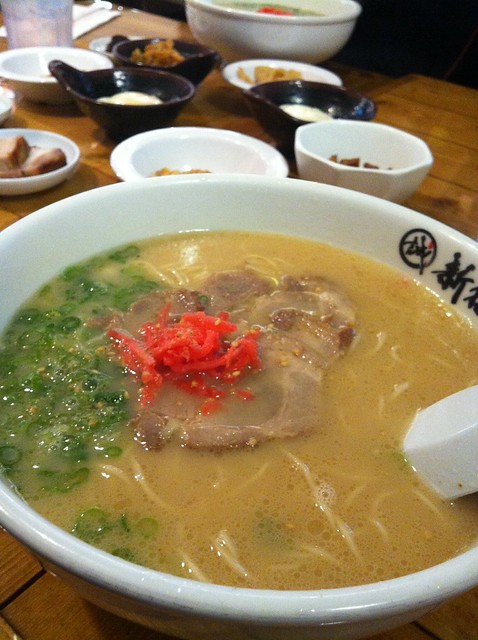
Gari: thinly sliced young ginger that has been marinated in a solution of sugar and vinegar
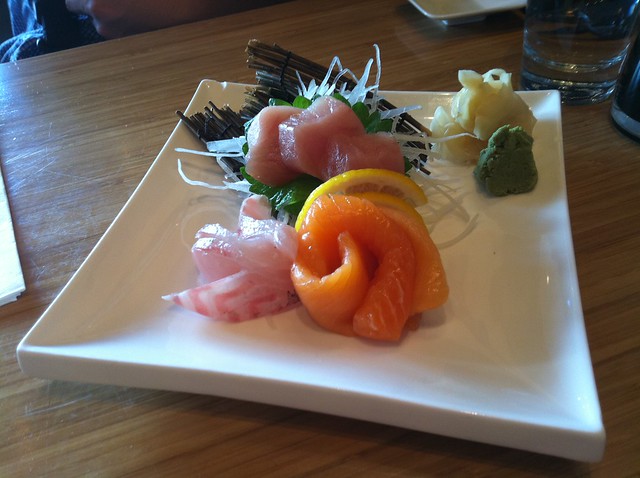
Fukujinzuke: A mix of daikon, lotus root, cucumber, and eggplant which are pickled in a soy sauce and mirin base. The sweet brown/red relish is served as a garnish to Japanese kare raisu.
Umeboshi: Japanese plums (related to apricots), which have been salted and dried. The wrinkly red pickles are extremely salty and sour, although some sweeter versions exist. Umeboshi serve as a preservative and digestive. They are eaten with all types of traditional meals, and often accompany the rice in bento. They are also one of the most popular fillings for onigiri.
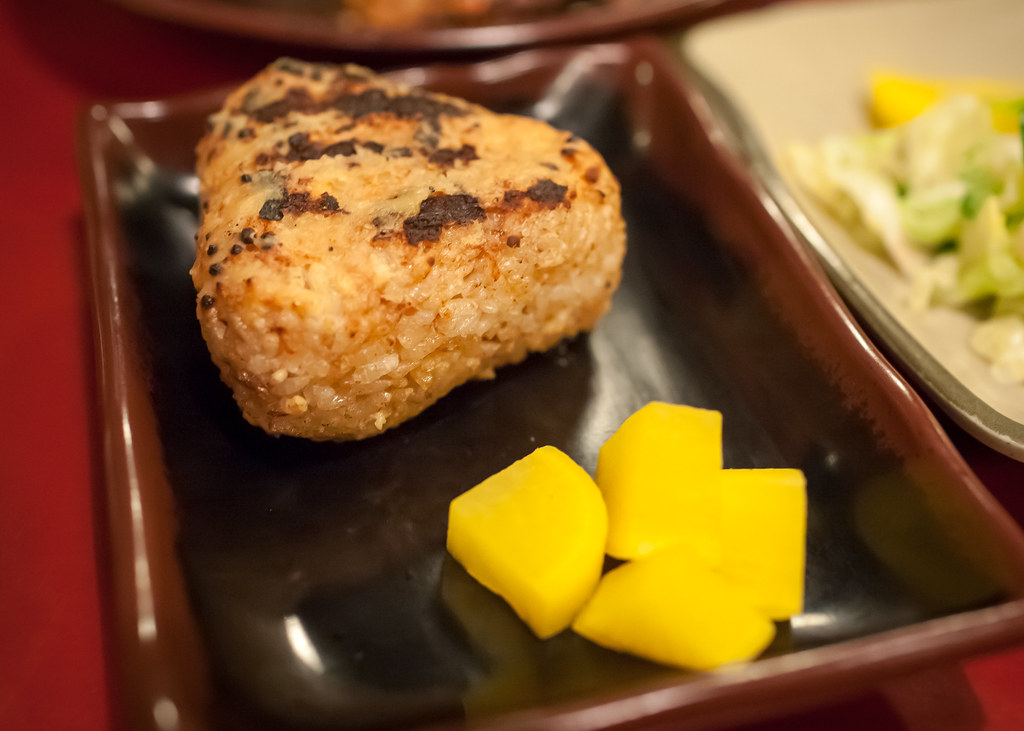
Takuan: Made from daikon (Japanese radish) that has been sun dried and pickled in a mixture of salt, rice bran and sugar. They are sweet and crunch and sliced and served alongside rice or other dishes. They range in color from brownish white to fluorescent yellow in color. (The neon yellow color comes from kuchinachinomi, which is the seeds of the gardenia flower.) They are a type of nukazuke.
Hakusai no sokusekizuke: A quick and simple shiozuke dish made from lightly salted hakusai cabbage, which is often mixed with carrots and cucumber and seasoned with yuzu zest, kombu, and togarashi pepper. It is a salt, crisp pickle with a slightly spicy citrus flavor. It is one of the most common pickles found in Japan and is often served with teishoku (set menu meals).
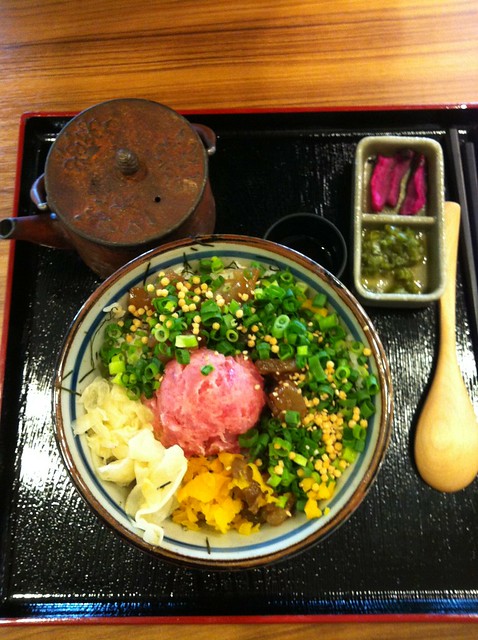
Shibazuke: This is a Kyoto specialty made of cucumber, eggplant, shiso leaves, ginger and myoga (a mild flavored relative of ginger) pickled in umezu (a plum vinegar that is the byproduct of making umeboshi). A salty, slightly sour, purple pickle commonly served in Kyoto cuisine.
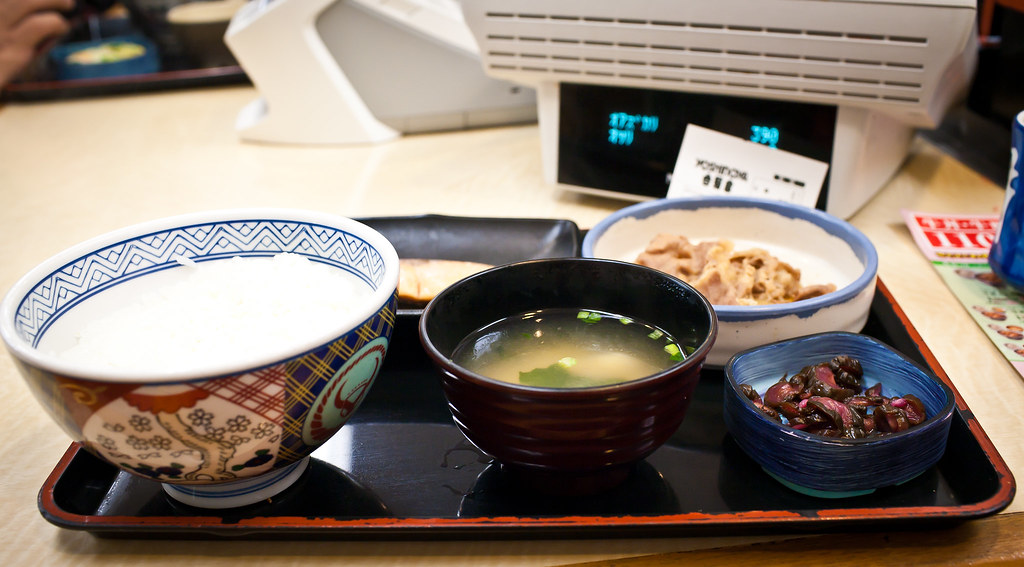
Equipment
Tsukemonoki (漬物器 つけものき), literally “vessel for pickled things,” is a Japanese pickle press.
Tsukemonoishi (漬物石 つけものいし): heavy stones applied to generate pressure
Tsukemono books
Easy Japanese Pickling in Five Minutes to One Day, Seiko Ogawa
Quick & Easy Tsukemono, Ikuko Hisamatsu
What sorts of tsukemono do you love?
